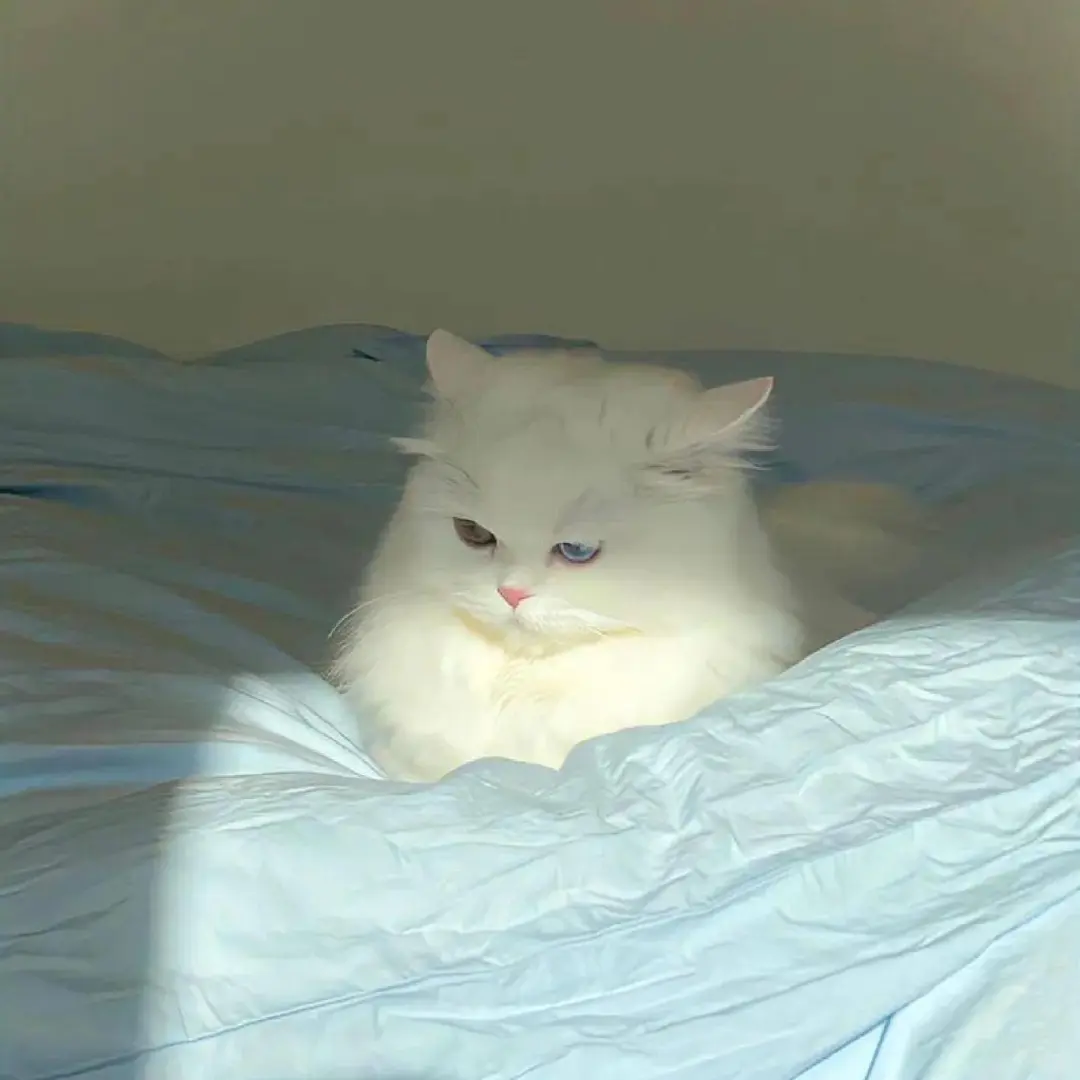 Introduction: The Rise of Colored Cat Litter
Introduction: The Rise of Colored Cat Litter
For generations, cat owners relied on traditional cat litter that came in shades of gray, white, or tan. Aber, with new pet care trends on the rise, colored cat litter has become a fresh and popular option for many households. Colored cat litter adds a visual twist to cat hygiene routines, but it can offer much more than just style. This article explores what colored cat litter is, the different types available, their advantages and drawbacks, and tips for choosing the best option for your feline friend.
Colored cat litter refers to any cat litter product that features bright or unusual colors rather than the standard neutrals. Manufacturers add non-toxic dyes or pigments to materials like clay, silica gel, Tofu, paper, or wood to create visually appealing options. You may find litter in blue, pink, green, purple, or multi-colored varieties. Some brands use subtle shades to indicate freshness, while others opt for bold hues.
People choose colored cat litter for several reasons. Some prefer it simply for aesthetic value, making the litter box blend better with home décor or reflect their pet’s playful personality. Others use it as a monitoring tool, since a colored base can make changes in urine or fecal output easier to observe.
Types of This Cat Litter
Colored cat litter is available in various materials, each offering unique properties. Here are some common types:
- Clay-based colored litter: Uses bentonite or other clumping clay as a base. Manufacturers add colorants that are usually safe for cats and humans. This type is popular for its strong clumping ability and easy scooping.
- Silica gel colored litter: Features translucent or brightly tinted crystals. Silica gel absorbs moisture well and controls odor. The color may fade as the crystals become soiled, helping owners know when to replace them.
- Biodegradable colored litter: Includes litters made from tofu, paper, corn, or wood. Non-toxic dyes or food-grade pigments make these options safe and eco-friendly. They typically offer gentle coloring and soft clumping.
- Health-indicating colored litter: Some brands include litters that change color based on the chemicals or pH in cat urine. These can help pet owners track signs of urinary tract infections or dehydration at home.
Every type of colored cat litter comes with specific care recommendations and costs, so owners should review product instructions and ingredients before making a purchase.
Benefits and Drawbacks of Colored Cat Litter
Colored cat litter can offer several benefits, but it’s not right for everyone. Here are some pros and cons to consider:
Benefits
- Aesthetic appeal: Colored litter brightens the litter box, making it more pleasing to look at and less of an eyesore.
- Monitoring health: Lighter colors make it easier to spot blood, discoloration, or changes in waste that could indicate health problems.
- Replacement signals: Some silica gel and health-indicating litters change color as they absorb waste, alerting owners when it’s time for cleaning.
- Variety and fun: Pet owners can select a color that matches their cat’s personality or their home’s style.
Drawbacks
- Potential sensitivity: Although manufacturers use safe dyes, some cats may be sensitive to certain pigments or ingredients.
- Higher cost: Colored litter often costs more than basic versions, especially with premium dyes or health-monitoring features.
- Limited availability: Not all pet stores carry a wide selection of colored cat litter, so choices may be limited in some areas.
- Possible staining: Rarely, some litter may leave stains in the box or on a cat’s paws, especially with cheaper products.
Cat owners should monitor their pets closely after switching to colored litter, looking for allergy signs such as sneezing, paw chewing, or skin irritation.
Choosing and Using Cat Litter Safely
Selecting the right colored cat litter requires balancing beauty, function, and safety. Here are some tips for the best experience:
- Check ingredients: Look for non-toxic dyes and review whether the product is food-grade or veterinarian-recommended.
- Observe your cat’s reaction: Cats can be picky. Gradually introduce colored litter by mixing it with your current kind and watching for changes in behavior, litter box usage, or health.
- Clean regularly: Even though colored litter can signal replacement, frequent cleaning supports health and odor control. Replace soiled litter as soon as color fades or waste becomes visible.
- Monitor for allergies: If your cat shows signs of discomfort, switch back to a basic, dye-free litter.
- Consider needs: Health-indicating colored litters can be helpful if your cat has a history of urinary issues or specific health problems.
Many cats adjust easily to colored litter, but each pet’s needs and preferences are unique. Experiment safely, and contact your veterinarian if you notice concerning symptoms.
Conclusion: Is Colored Cat Litter Right for You?
Colored cat litter brings a fun and functional upgrade to the standard litter box. It offers benefits in monitoring pet health, making cleanup easier, and adding a splash of color to daily routines. Aber, pet owners should weigh the costs, potential sensitivities, and their own cat’s comfort before switching. By choosing high-quality, non-toxic options and watching your feline’s behavior, you can enjoy the advantages colored cat litter offers while keeping your pet safe and happy.
 Shandong Vlink Haustierprodukte Co., GmbH
Shandong Vlink Haustierprodukte Co., GmbH



